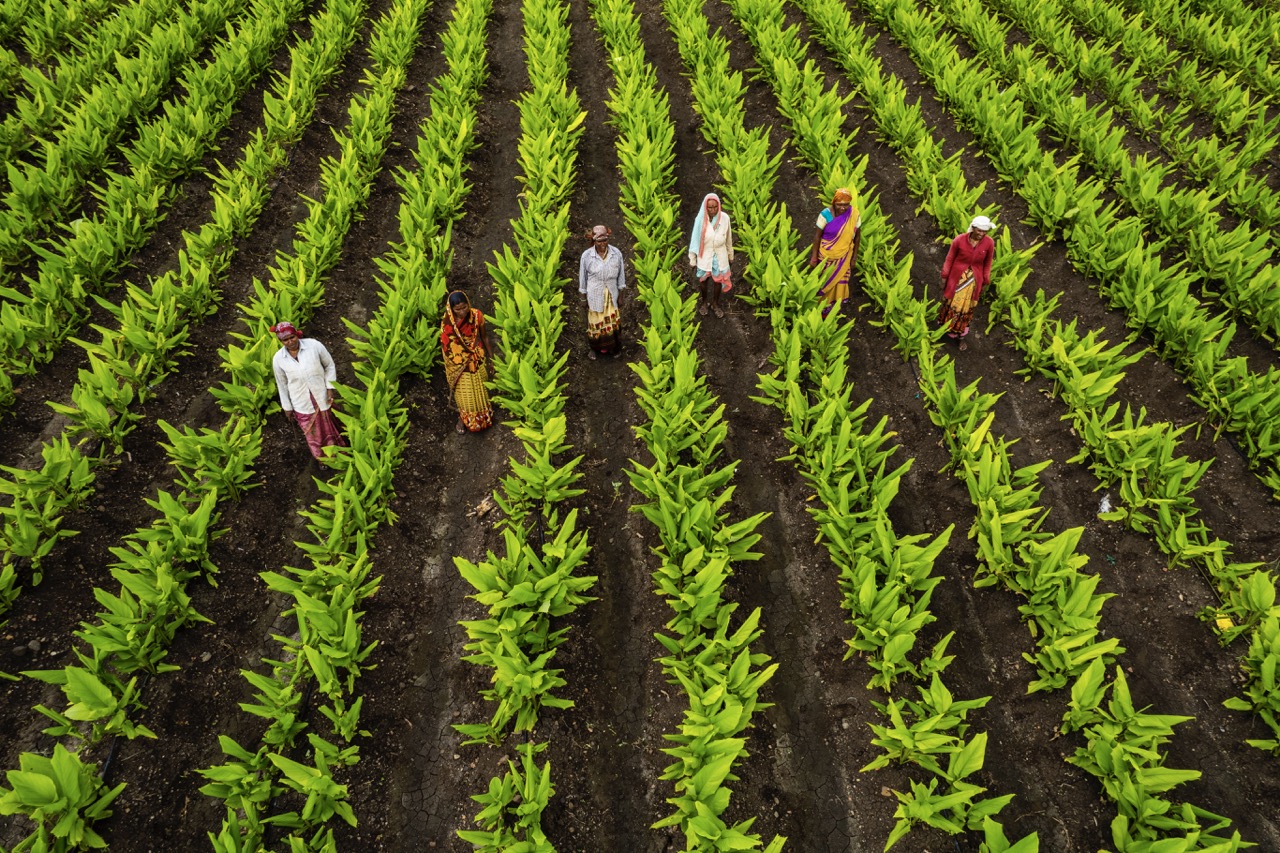Sharecropping, often viewed through a historical lens of exploitation and inequity, is evolving into a contemporary mechanism for empowering new farmers. This agricultural practice, where landowners allow tenants to work their land in exchange for a share of the crops produced, is increasingly recognized for its potential in facilitating access to capital. As the agricultural landscape transforms, an understanding of how sharecropping can provide financial opportunities for aspiring farmers is vital for fostering a robust and sustainable agribusiness sector.
Understanding Sharecropping: A Pathway to Capital Access
Sharecropping, at its core, is an arrangement that allows individuals without land to gain access to agricultural resources. This practice emerged from the need for labor on farms and has adapted over time to create new avenues for capital access. In modern contexts, sharecropping can be structured in various forms, allowing new farmers to utilize land, equipment, and expertise without the overhead costs of fully owning these assets. By lowering the barriers to entry, sharecropping offers a feasible entry point for those looking to establish themselves in agriculture.
The flexibility inherent in sharecropping arrangements is particularly advantageous for new farmers who may struggle with financial viability. Unlike traditional farming models that require significant upfront investment, sharecropping allows individuals to participate in the agricultural economy with limited resources. This model not only lessens the financial burden but also encourages innovation and experimentation, as new farmers can test their skills and develop their business acumen without the fear of crippling debt.
Furthermore, sharecropping can facilitate knowledge transfer between seasoned landowners and novice farmers. By collaborating in this manner, new farmers gain invaluable insights into best practices, crop management, and market dynamics. This mentorship aspect of sharecropping fosters a supportive community where experienced farmers can invest in the success of emerging talents, ultimately enriching the agricultural sector as a whole.
The Role of Sharecropping in Empowering New Farmers
Sharecropping serves as a cornerstone for empowering new farmers, particularly those from marginalized communities who face systemic barriers to land ownership. In many regions, access to land remains a significant challenge for aspiring farmers, especially young individuals and those from low-income backgrounds. Sharecropping provides a pathway to engage in agricultural production, enabling farmers to cultivate crops and generate income without the burdens of securing land ownership.
Additionally, sharecropping can stimulate local economies by promoting the growth of small-scale farms. As new farmers enter the market, they contribute to the diversification of agricultural products, which can meet local needs and increase the resilience of food systems. This model encourages a symbiotic relationship between landowners and new farmers, fostering an environment where mutual support and shared prosperity become the norm rather than the exception.
Moreover, sharecropping arrangements can evolve to include collective marketing efforts, allowing new farmers to pool their resources and access broader markets. By working together, sharecroppers can negotiate better prices for their produce, thus enhancing their financial viability. This collaborative approach not only empowers individual farmers but also strengthens community bonds, creating a stronger agricultural network that benefits all stakeholders involved.
Financial Benefits: How Sharecropping Fuels Growth
The financial implications of sharecropping extend beyond immediate access to land; they can catalyze a broader economic impact for new farmers. By participating in sharecropping agreements, farmers can reinvest a portion of their earnings into their operations, allowing for the purchase of seeds, equipment, and necessary inputs to enhance productivity. This reinvestment creates a cycle of growth that can lead to increased yields and, subsequently, greater financial returns.
Additionally, sharecropping can reduce the barriers to obtaining financing from traditional lenders. New farmers often struggle to secure loans due to lack of collateral or credit history. However, as sharecroppers demonstrate their ability to produce and market crops, they build a track record of success that can attract investment. Financial institutions may view these farmers as lower-risk borrowers, especially when they can showcase a history of sustainable practices and profitability through sharecropping arrangements.
The economic resilience fostered by sharecropping also extends to the broader agricultural ecosystem. As new farmers gain financial stability, they contribute to local economies through job creation, enhanced purchasing power, and increased demand for local goods and services. This ripple effect can invigorate rural communities, making sharecropping a vital component of economic development in regions where agriculture plays a central role.
Overcoming Barriers: Sharecropping’s Impact on Agribusiness
Despite the many benefits, sharecropping does not come without its challenges. Issues such as unclear agreements, exploitation, and power imbalances have historically plagued the model. However, by implementing transparent contracts and fostering equitable relationships, sharecropping can transform into a viable strategy for overcoming barriers that new farmers face in agribusiness. Ensuring that all parties involved are treated fairly is crucial for maintaining trust and promoting long-term collaborations.
Moreover, the integration of technology and innovative practices into sharecropping arrangements can help mitigate some of the risks associated with traditional farming. Access to data-driven insights and modern farming techniques allows sharecroppers to optimize their operations, increasing efficiency and productivity. By embracing these advancements, new farmers can navigate challenges more effectively, such as fluctuating market prices or adverse weather conditions.
Finally, the social aspect of sharecropping can play a vital role in reducing the barriers to entry for aspiring farmers. Building a network of support among sharecroppers, landowners, and agricultural organizations fosters an environment conducive to collaboration and mentorship. This community-oriented approach not only empowers new farmers but also enhances the overall stability of the agribusiness landscape, creating a resilient framework for future generations.
In conclusion, sharecropping holds significant potential as a pathway to capital access for new farmers, enabling them to overcome financial barriers and engage in sustainable agricultural practices. By fostering a cooperative network that emphasizes mentorship, collaboration, and reinvestment, sharecropping can transform the agricultural landscape, empowering marginalized communities and invigorating local economies. As the model continues to evolve, it is imperative for stakeholders to recognize and harness the benefits of sharecropping, ensuring that it serves as a viable and equitable avenue for the next generation of farmers.










